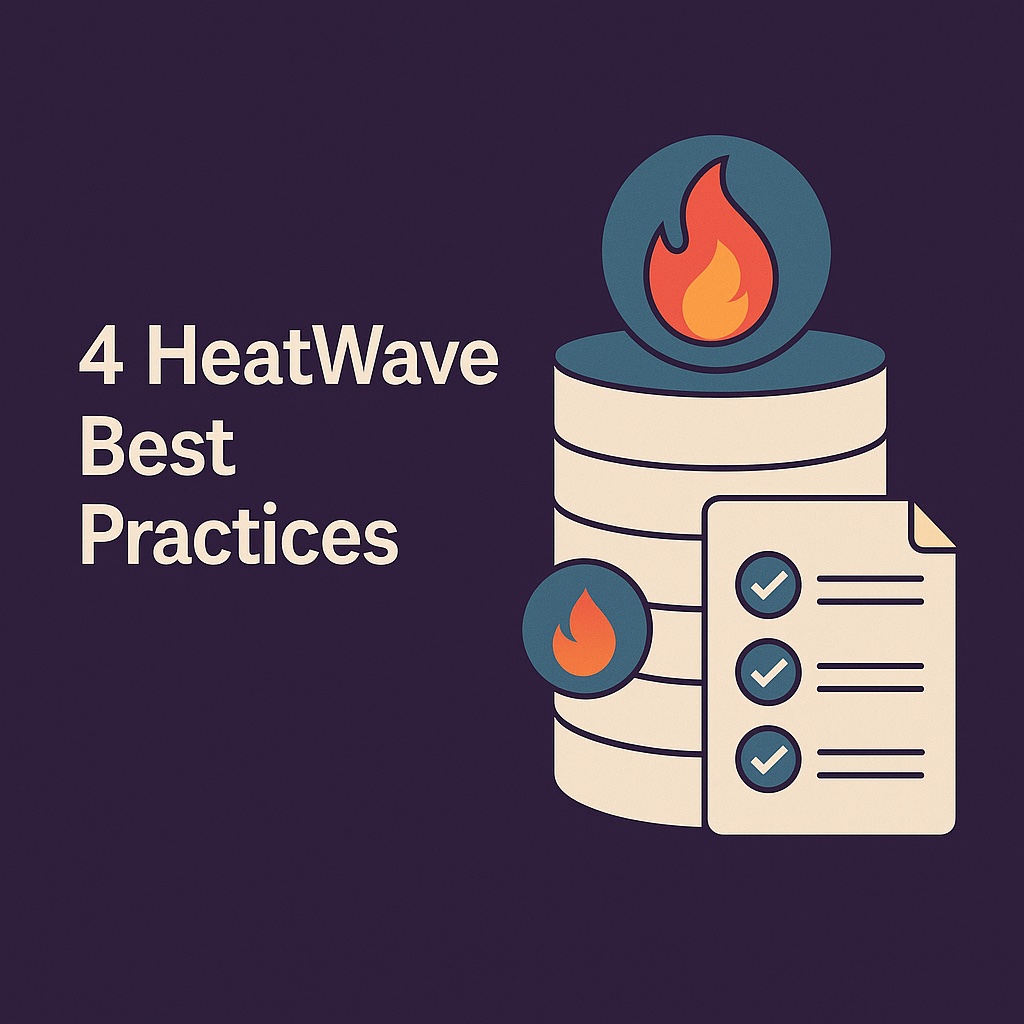
Securing Your OCI Network: Practical Best Practices for Every Deployment
In this guide, I’ll show you how to secure your Oracle Cloud network with the same approach I use in production customer environments. OCI offers enterprise-grade networking features—if configured properly. Security starts with the network. And in OCI, that means controlling access with VCNs, subnets, security lists, NSGs, IAM, gateways, and monitoring.
Read More





